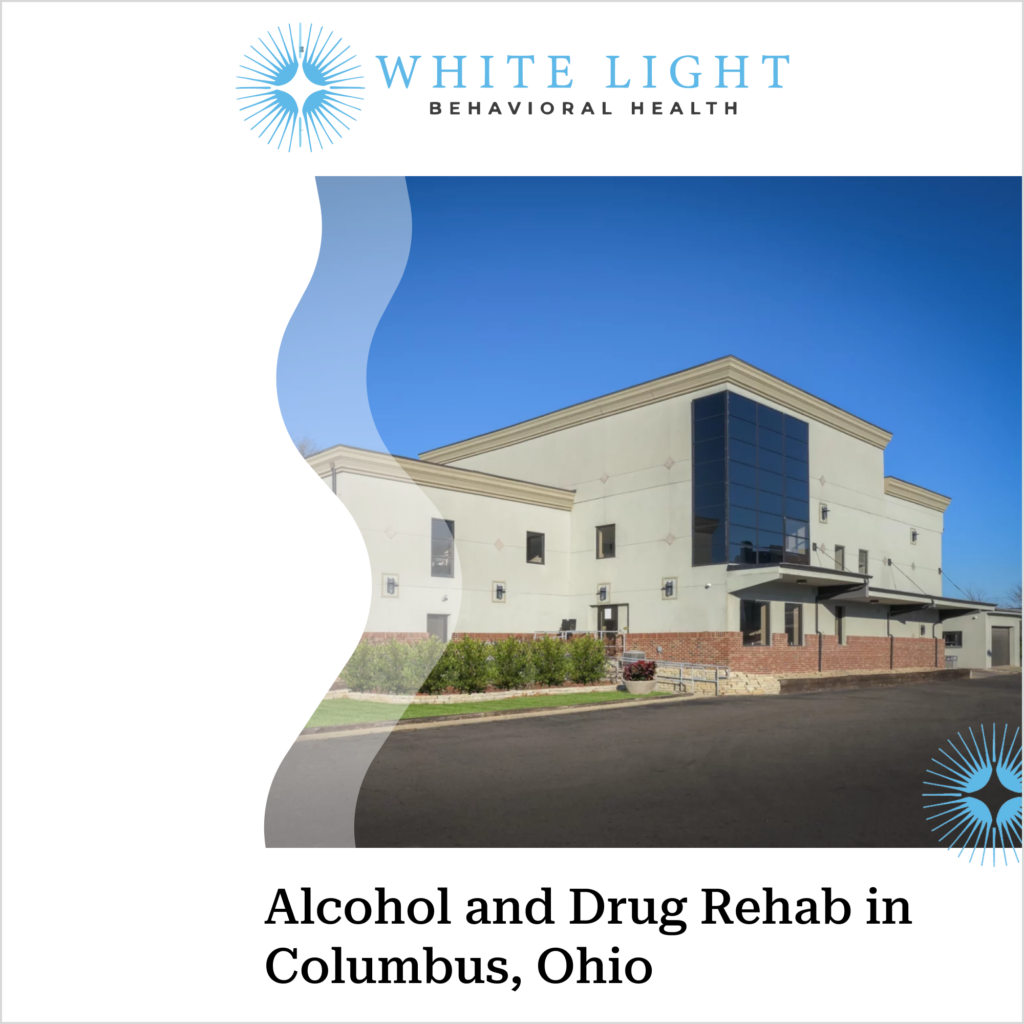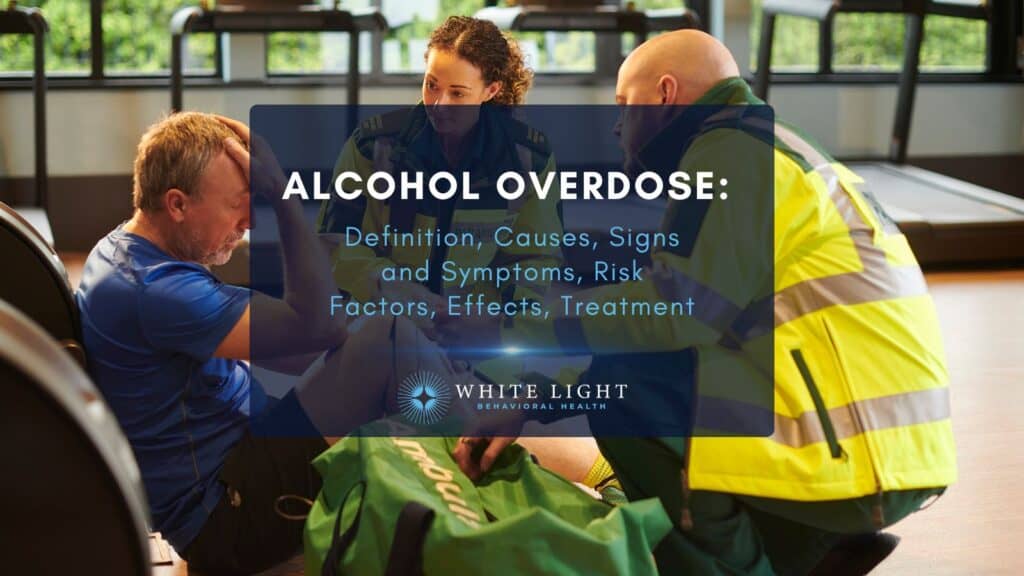Can Methamphetamines Cause a Stroke? And Other Cardiovascular Repercussions

Yes, methamphetamines can cause strokes. Methamphetamine use significantly increases the risk of both ischemic and hemorrhagic strokes by causing sudden spikes in blood pressure, inflammation, direct damage to blood vessels, and blood clot formation.
These life-threatening strokes occur in both first-time and regular users, making methamphetamine a serious cardiovascular risk factor that leads to potentially fatal stroke events. In Ohio, approximately 71,000 people aged 12 or older used methamphetamine in 2022, with the drug being particularly prevalent among adults aged 26 and older, who account for 63,000 of these users.
Signs of meth use include rapid heartbeat, high blood pressure, sweating, restlessness, dry mouth, high temperature, and large pupils. Long-term use causes delusions, paranoia, mood swings, “meth mouth,” infections, and weight loss.
Meth addiction treatment involves supervised detox, therapy like CBT, and medication to reduce your cravings. Rehab, support, and personalized plans support long-term recovery.
How Does Meth Use Cause Strokes?
Meth causes strokes by triggering acute hypertensive surges that rupture small penetrating arteries, inducing vasospasm in cerebral blood vessels, causing chronic hypertension that damages vascular walls, and leading to cardiomyopathy that increases cardioembolic stroke risk. According to Hemphill, K.’s 2024 study, ‘A review of methamphetamine use and stroke in the young, ’ meth increases the likelihood of intracerebral hemorrhage by 2-5 times, with hemorrhagic strokes accounting for over 80% of meth-related cerebrovascular events.
The primary mechanisms include dose-dependent blood pressure elevation that directly damages and ruptures arteries, particularly affecting younger patients who typically lack traditional stroke risk factors. Meth also acts on aminergic receptors to cause cerebral vasoconstriction through the endothelin pathway, though this rarely leads to reversible cerebral vasoconstriction syndrome.
Additionally, chronic meth use accelerates atherosclerosis, promotes blood-brain barrier breakdown, and triggers aneurysm development and rupture. Research in the American Heart Association journal shows that 30.4% of meth users develop cardiomyopathy compared to 14% of non-users, significantly increasing cardioembolic stroke risk through reduced left ventricular function and potential thrombus formation.
If you think you are having a stroke, it is crucial to call emergency services immediately. Recognizing symptoms such as sudden numbness or weakness in the face, arm, or leg (especially on one side of the body), confusion, trouble speaking, difficulty seeing, severe headache, or trouble walking can save your life.
Did you know most health insurance plans cover substance use disorder treatment? Check your coverage online now.
What Are Some Other Common Causes of Strokes?
Here are a few other common factors that, especially when combined with methamphetamine use, can increase your chances of experiencing a stroke:
More Resources on Addiction:
- Smoking and Nicotine addiction
- Obesity
- Aging
- Family history
- Heavy alcohol consumption, which can raise blood pressure and triglyceride levels
- Gender: Strokes are more prevalent among women, who have a 1 in 4 lifetime risk of stroke after the age of 25
What Are The Signs of Methamphetamine Use?
The signs of Methamphetamine use include:
- Physical Manifestations: Physical changes such as red eyes, weight fluctuations, and poor personal hygiene are common.
- Emotional Fluctuations: Users often experience significant mood swings, ranging from euphoria to depression.
- Health-Related Concerns: Signs include erratic sleep patterns, chronic fatigue, and the development of health issues linked to substance abuse.
- Declining Academic or Professional Performance: Meth dependence can lead to a lack of motivation, resulting in job loss, poor performance reviews, or failing grades.
- Social Seclusion: Addicts may withdraw from social interactions, face relationship difficulties, or associate with other drug users.
- Financial or Legal Troubles: Financial instability and legal issues may arise, including borrowing money without reason, theft, and run-ins with law enforcement.
What Are The Different Types Of Meth Addiction Treatment Available in Ohio?
The different types of meth addiction treatment available in Ohio are detox, Inpatient, and outpatient rehab. At White Light Behavioral Health in Columbus, Ohio, we offer comprehensive meth addiction treatment services, including medical detox, residential rehab, and outpatient programs to support your recovery journey.
Here are the common types of meth addiction treatment options available in Ohio in detail below:
Detoxification
Methamphetamine detox involves clearing the drug from the body while managing withdrawal symptoms. It must be done under medical supervision due to risks like cravings, depression, fatigue, and paranoia.
Specialized detox centers provide a safe environment with medical care, medications, and emotional support.
Stay in detox lasts a few days to two weeks. Meth stays in the system up to 72 hours, depending on individual factors.
Effective withdrawal management combines medical treatment and behavioral therapies to handle cravings and psychological issues.
After detox, ongoing therapy, support groups, and lifestyle changes are vital for long-term sobriety.
Inpatient Meth Rehabilitation
A residential rehab program is ideal for anyone battling long-term meth use disorder. Within the realm of inpatient treatment centers, clients are required to reside at the rehab facility for the program’s duration.
By fostering a stable environment, these centers effectively prevent clients from relapsing into methamphetamine use. They also offer a safe environment free of temptations and triggers, enabling clients to regain control over their lives.
The duration of inpatient rehabilitation varies according to each client’s unique needs; it typically ranges from 30 to 90 days. Empirical evidence has consistently emphasized that inpatient drug addiction treatment programs extending beyond the 90-day mark yield better outcomes.
Contact us today to schedule an initial assessment or to learn more about our services. Whether you are seeking intensive outpatient care or simply need guidance on your mental health journey, we are here to help.
Outpatient Meth Rehabilitation
Outpatient rehabilitation serves as a viable alternative for individuals with less severe meth addiction or those balancing work, school, or family responsibilities. Outpatient program allows clients to participate part-time while fulfilling their daily obligations. The flexibility in outpatient rehabilitation is advantageous when clients have a strong support system of friends and family, motivating them to attain sobriety.
Does Meth Cause Blood Clots?
Yes, meth causes blood clots by inducing coronary vasoconstriction and creating conditions that promote thrombosis formation. According to Khaheshi, I.’s 2015 study, ‘Simultaneous Thrombosis of the Left Anterior Descending Artery and the Right Coronary Artery in a 34-Year-Old Crystal Methamphetamine Abuser’, methamphetamine abuse causes multivessel coronary thrombosis through mechanisms including increased myocardial oxygen demand, coronary vasoconstriction, and direct coronary thrombosis. The drug damages blood vessels by weakening veins and arteries through increased blood pressure and scarring, leaving them susceptible to clot formation and potentially leading to stroke.
How Does Meth Affect The Heart?
Meth affects the heart by causing dangerous spikes in blood pressure, coronary vasoconstriction, and electrical system rewiring that leads to arrhythmias and sudden cardiac death. According to Curran, L.’s 2022 study published in the Journal of the American Heart Association, people who use meth face a 32% increased risk for cardiovascular disease overall, with particularly high risks for heart failure and pulmonary hypertension. The drug induces cardiomyopathy through cellular damage, including myocyte degeneration, fibrosis, and abnormal mitochondria, with long-term use causing irreversible heart muscle scarring.
Share This Post














